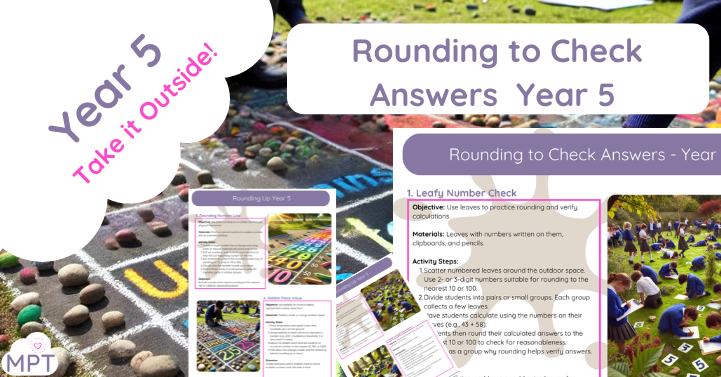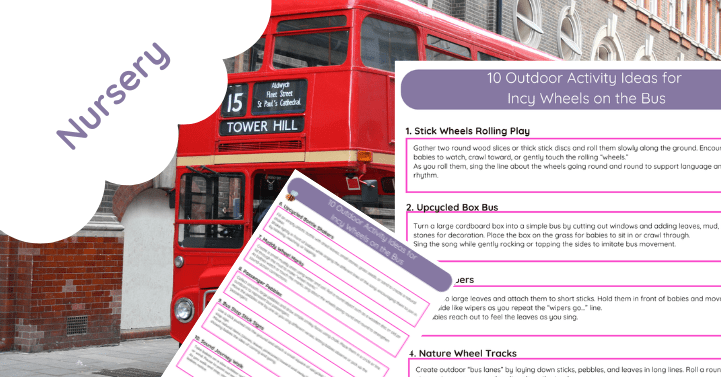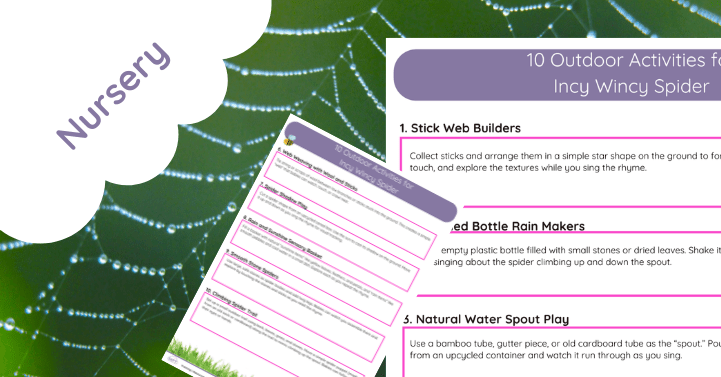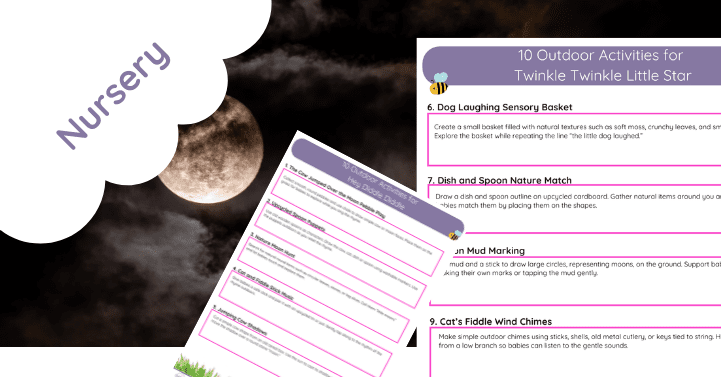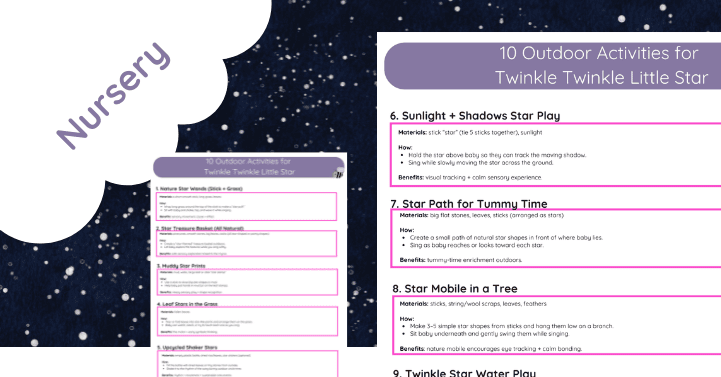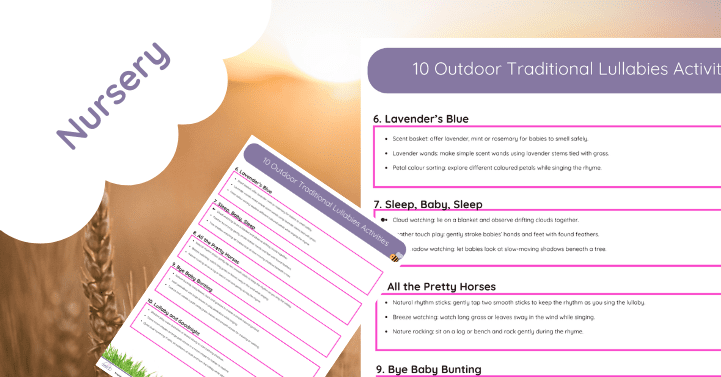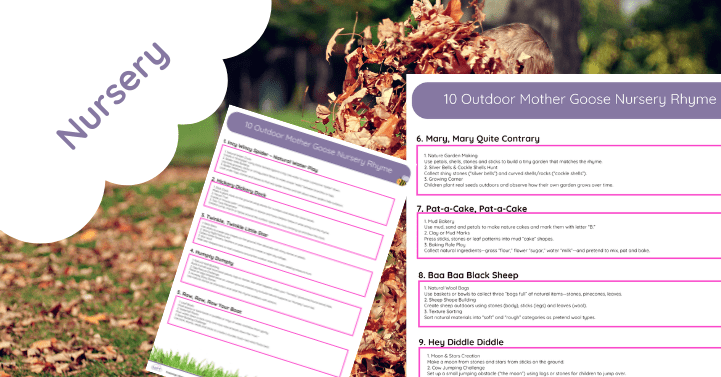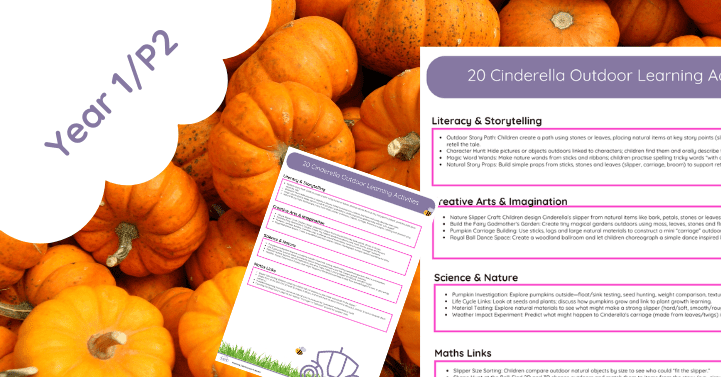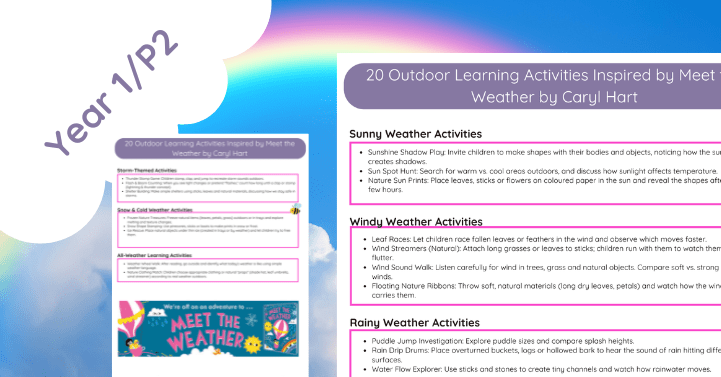Transform your Year 5 maths lessons with this Outdoor Lesson Plan on Rounding Up to Check Answers, designed to make learning engaging, interactive, and memorable. Using the Muddy Puddle Teacher approach, this lesson plan brings maths concepts to life through hands-on activities in an outdoor setting.
What’s Included?
- Comprehensive Lesson Plan: Step-by-step instructions tailored to Year 5 curriculum objectives.
- Interactive Outdoor Activities:
- Pebble Place Value: Represent numbers with pebbles, calculate sums, and round to the nearest 10 or 100.
- Number Line Exploration: Visualize rounding using a large outdoor number line.
- Stick Math Challenge: Measure, calculate, and round stick lengths in a fun, nature-based activity.
- Ready-to-Use Materials: To deepen understanding, task ideas, activity guides, and reflection prompts.
- Adaptable Strategies: Differentiation tips to support learners of varying abilities.
Key Features
- Engaging and Hands-On: Combines movement, collaboration, and nature for a dynamic learning experience.
- Curriculum-Aligned: Meets Year 5 standards for rounding and checking the reasonableness of answers.
- Minimal Preparation Required: Easy-to-implement activities using natural and low-cost materials.
- Encourages Critical Thinking: Promotes real-world problem-solving skills and teamwork.
Why Choose This Lesson Plan?
Designed to harness the benefits of outdoor learning, this plan ensures your students actively engage with rounding concepts while building their confidence in math. Whether you are an experienced outdoor educator or just starting out, this resource provides all you need to create impactful and enjoyable lessons.
Taking Rounding Up for Checking Answers Outdoors with KS2 Children
Teaching maths concepts like rounding up can sometimes feel dry in the classroom. But take it outdoors, and suddenly it becomes a dynamic and engaging experience! Using outdoor learning strategies, KS2 children can develop a deeper understanding of rounding up while building their confidence and enjoying the fresh air.
Here’s how you can use rounding up to check answers outdoors, supported by practical ideas and expert resources.
1. Why Teach Rounding Up Outdoors?
Outdoor learning offers hands-on, practical ways to teach abstract concepts like rounding. Research highlights how active, nature-based lessons improve retention and engagement (Edutopia). KS2 children can better grasp rounding when physically manipulating objects or visualising concepts in a natural setting.
2. Hands-On Learning with Natural Materials
Encourage students to gather leaves, sticks, or stones, assign numbers to them, and perform calculations. By physically grouping and counting items, children can round their answers to the nearest 10 or 100. Using natural materials fosters tactile learning (Learning Through Landscapes).
3. Visualising with Outdoor Number Lines
Drawing a giant number line with chalk on the playground or using natural markers helps children visualize rounding. Students can jump between numbers to physically experience rounding up or down (Maths Outdoor Learning).
4. Rounding Relay Races
Make rounding exciting with relay races. Place number cards at different outdoor stations. Teams solve problems, round their answers, and race to the next station. This activity combines maths, teamwork, and physical activity, making it a memorable lesson (Teach Active).
5. Measuring and Rounding with Nature
Take maths outdoors by measuring sticks, leaves, or even puddles. Assign measurements to numbers and have students calculate totals, then round to the nearest 10, 100, or 1,000. It’s a fun way to link maths to real-world skills (Royal Horticultural Society).
6. Encouraging Collaborative Problem-Solving
Group activities like pebble-based place value grids allow children to collaborate on calculations and discuss rounding strategies. Collaboration enhances problem-solving and critical thinking skills (Education Endowment Foundation).
7. Exploring Real-World Applications
Help children see the importance of rounding by tying it to practical scenarios. For instance, ask them to estimate distances in the playground or calculate approximate totals for collected leaves. Real-world context makes maths meaningful (BBC Bitesize).
8. Multi-Sensory Learning Outdoors
Outdoor environments engage multiple senses, helping children better process and retain mathematical concepts. Activities like drawing numbers in mud or arranging sticks in groups allow students to connect maths to their environment (The Imagination Tree).
9. Using Technology to Enhance Outdoor Rounding
Combine technology and outdoor learning by using apps to digitally measure distances or group objects. For example, a simple calculator app can help students check their rounding results, making the process interactive (Common Sense Education).
10. Linking Rounding to Environmental Awareness
Combine maths with environmental education by encouraging children to use natural objects responsibly. Use lessons to teach about sustainability while practicing rounding, such as estimating the number of leaves in a compost pile (WWF UK Education Resources).


